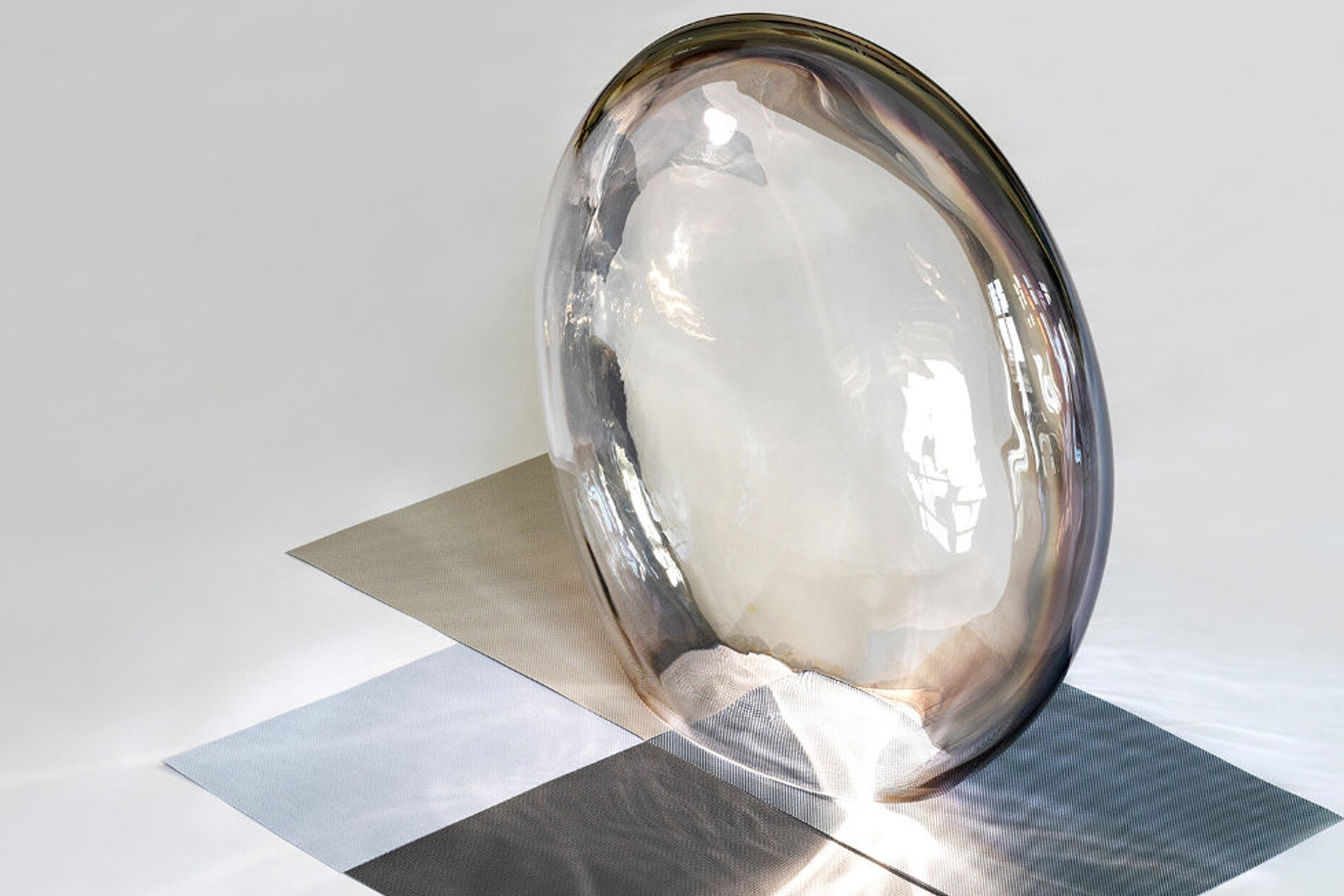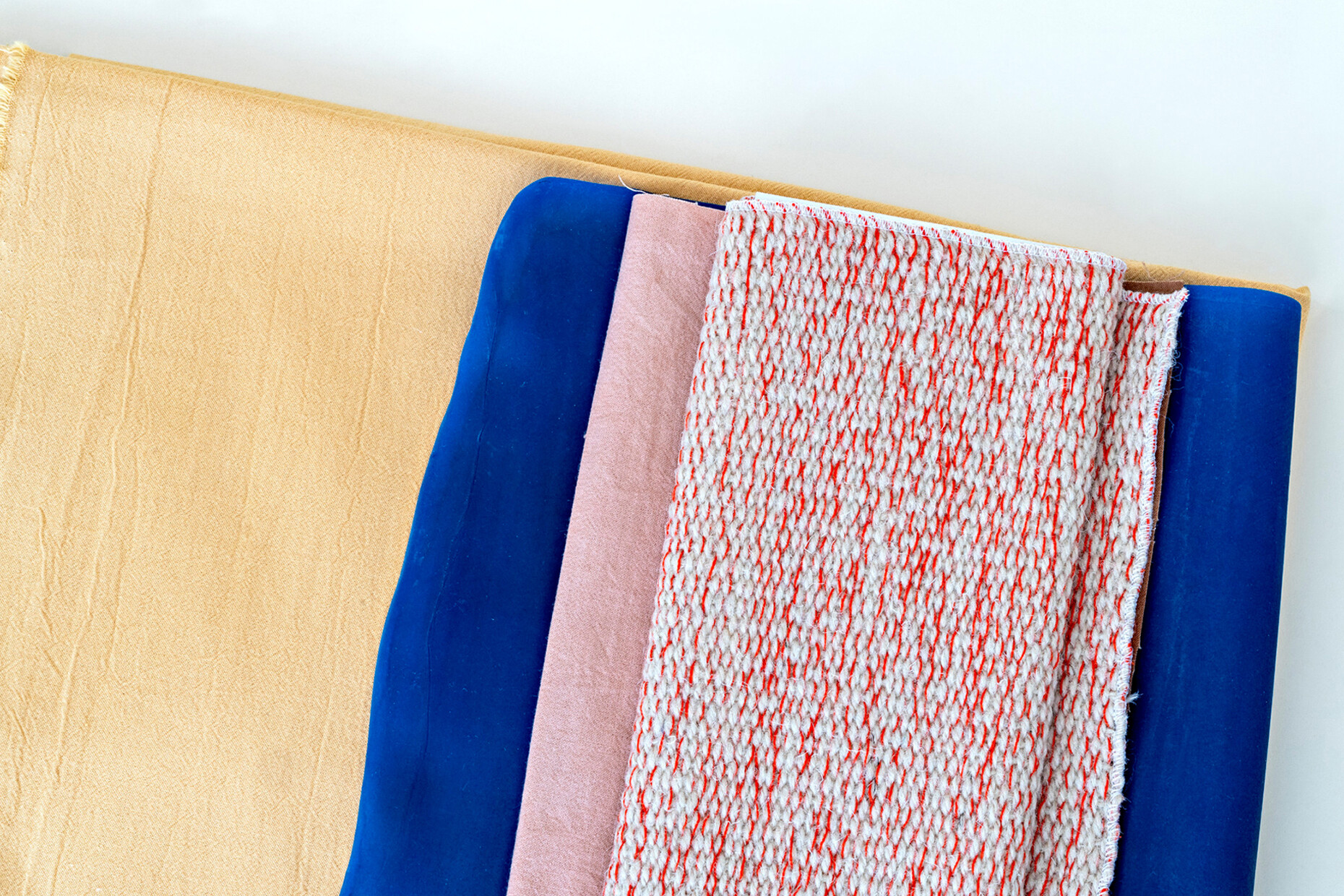Mindful change
What factors, tools, and strategies are crucial for a positive change in the textile industry? Precisely what form of caring is needed for a holistic transformation? The complex environmental challenges currently show strikingly the extent to which people, the environment, and technology influence one another. This year, SPOTT trends & business has therefore based the content for Heimtextil Trend Space on the UN’s Sustainable Development Goals (SDGs) to which Messe Frankfurt is also committed at the corporate level. The theme of “New Sensitivity” theme focuses on the fresh mindset that we need if we are to make well-considered choices about the way we work in order to achieve an ecological balance based on respect, empathy, and solidarity. “We are highlighting the changes in the textile industry and creating a concept like a platform where sustainable textile innovations can be presented and communicated. We hope that this will also help ensure that more manufacturers are in a position to initiate the changes that are so necessary,” explains Anja Bisgaard Gaede, founder of SPOTT trends & business.
Parallel to this, FranklinTill, a futures research agency, will draw on international examples to visualize what regenerative design can look like and show which players are already acting as role models by using design to recreate resources. There will also be numerous workshops, lectures, and guided tours on the transformation of the textile industry. “Many of the sustainable yarns, textiles and technologies, but also additives, are already fit for industry use. One of our criteria during the research was to find solutions that are either already applicable, have scaling potential, or are ready for market. Unfortunately, the price of most solutions is still problematic when you compare them to conventional textiles, but I hope that this will change as they become more widely used,” Anja Bisgaard Gaede says.
The innovations that will be on show at Trend Space in various forms of presentation also include technological advances that enable a circular economy and redefine the properties of textiles: One such example is “Suntex”, a light, woven solar textile that is the brainchild of Studio Pauline van Dongen and Tentech: It can both generate energy and also provide shade. Trend Space at Heimtextil 2024 will also address how artificial intelligence can support environmentally-conscious textile production. “One brilliant example of this is Variant 3D, which employs AI as part of its 3D knitting technology. This translates into less waste in the furniture upholstery process. Moreover, as a learning platform AI can help simplify the complexity of the conflicting issues surrounding textiles, sustainability, and composition. We will also be exploring this in Trend Space. Going forward I am confident that artificial intelligence can help calculate the impacts, suggest alternatives, contribute the necessary data, and even deliver innovative solutions for new and better technologies,” suggests Anja Bisgaard Gaede.









